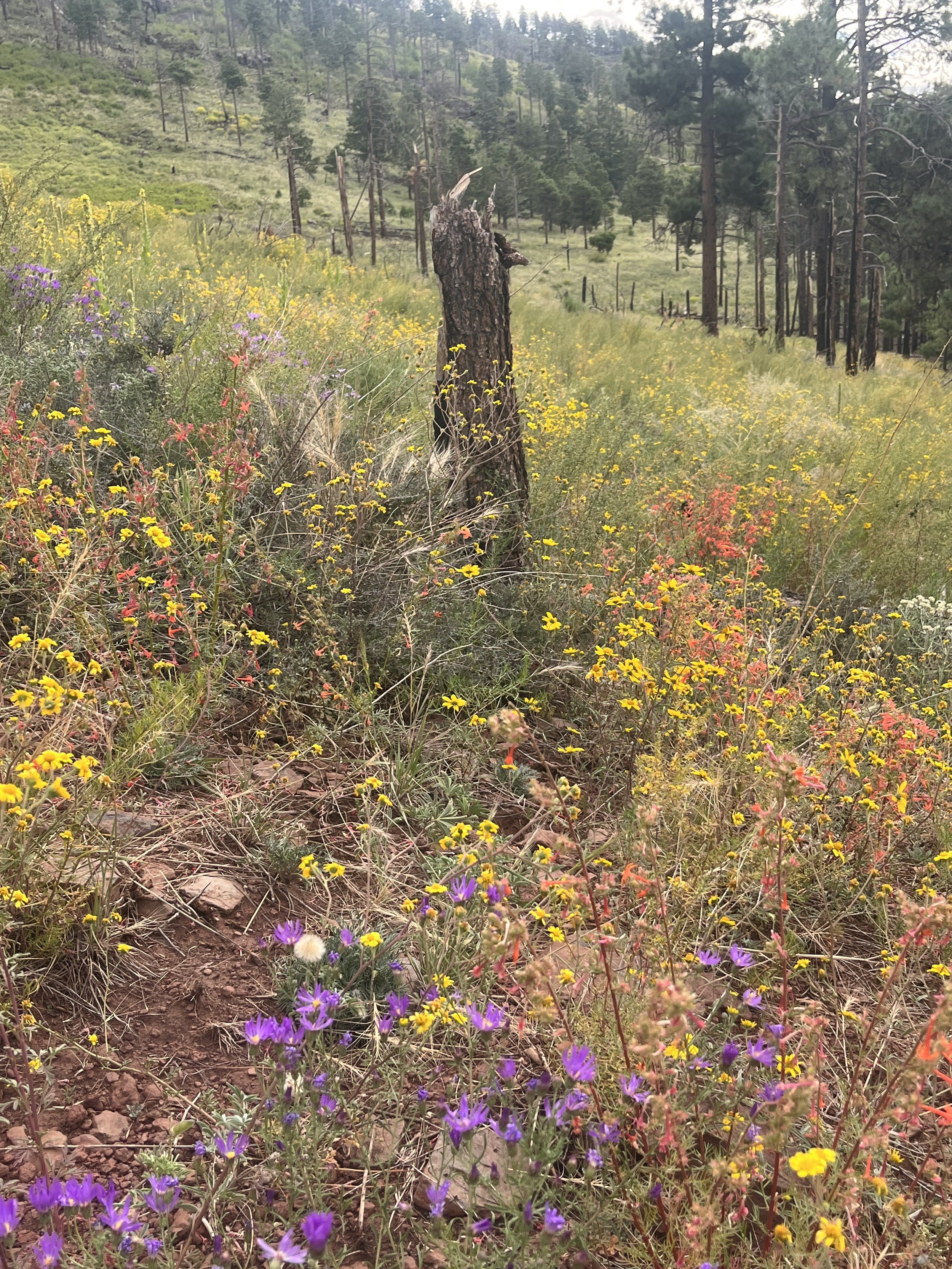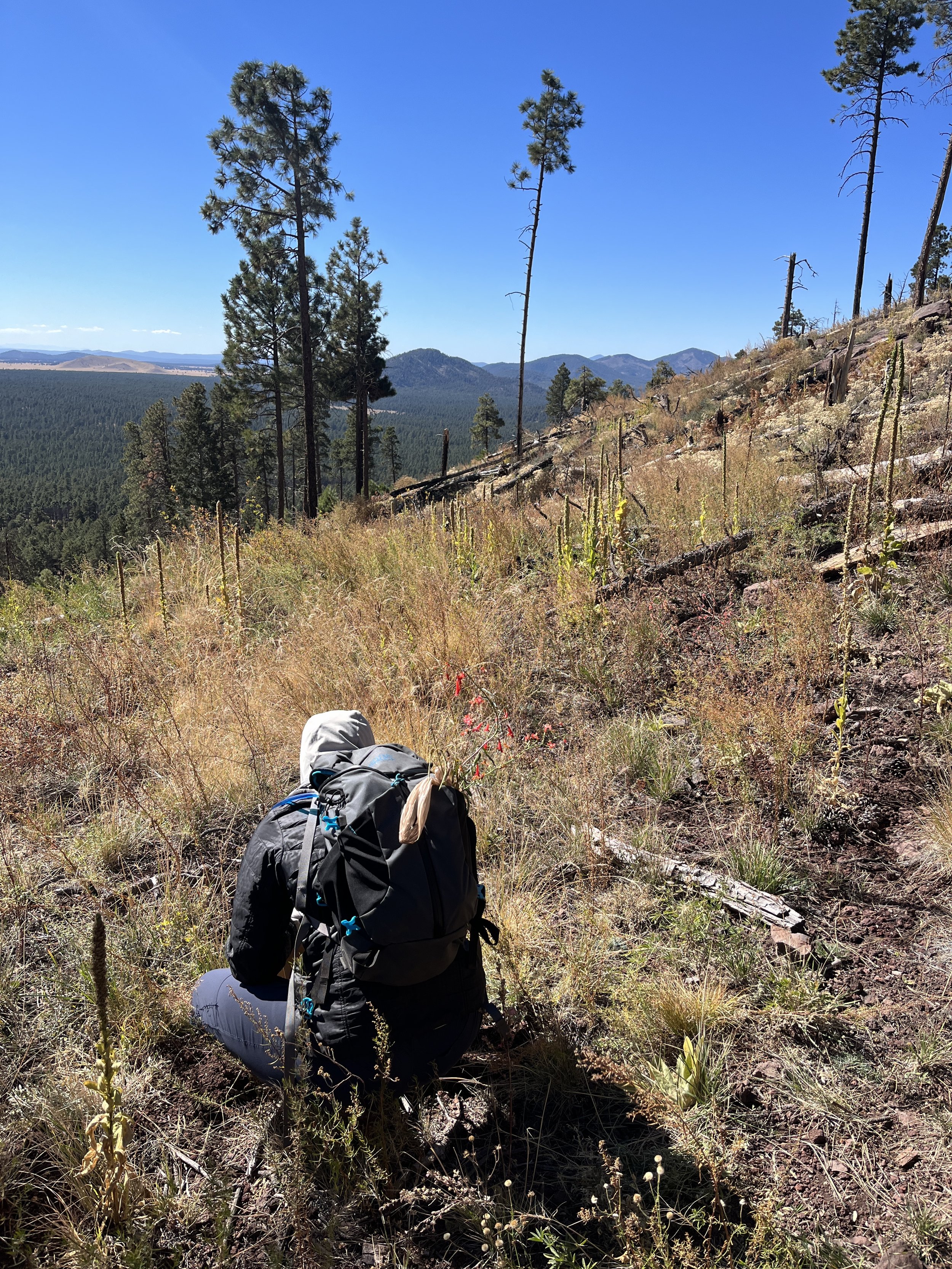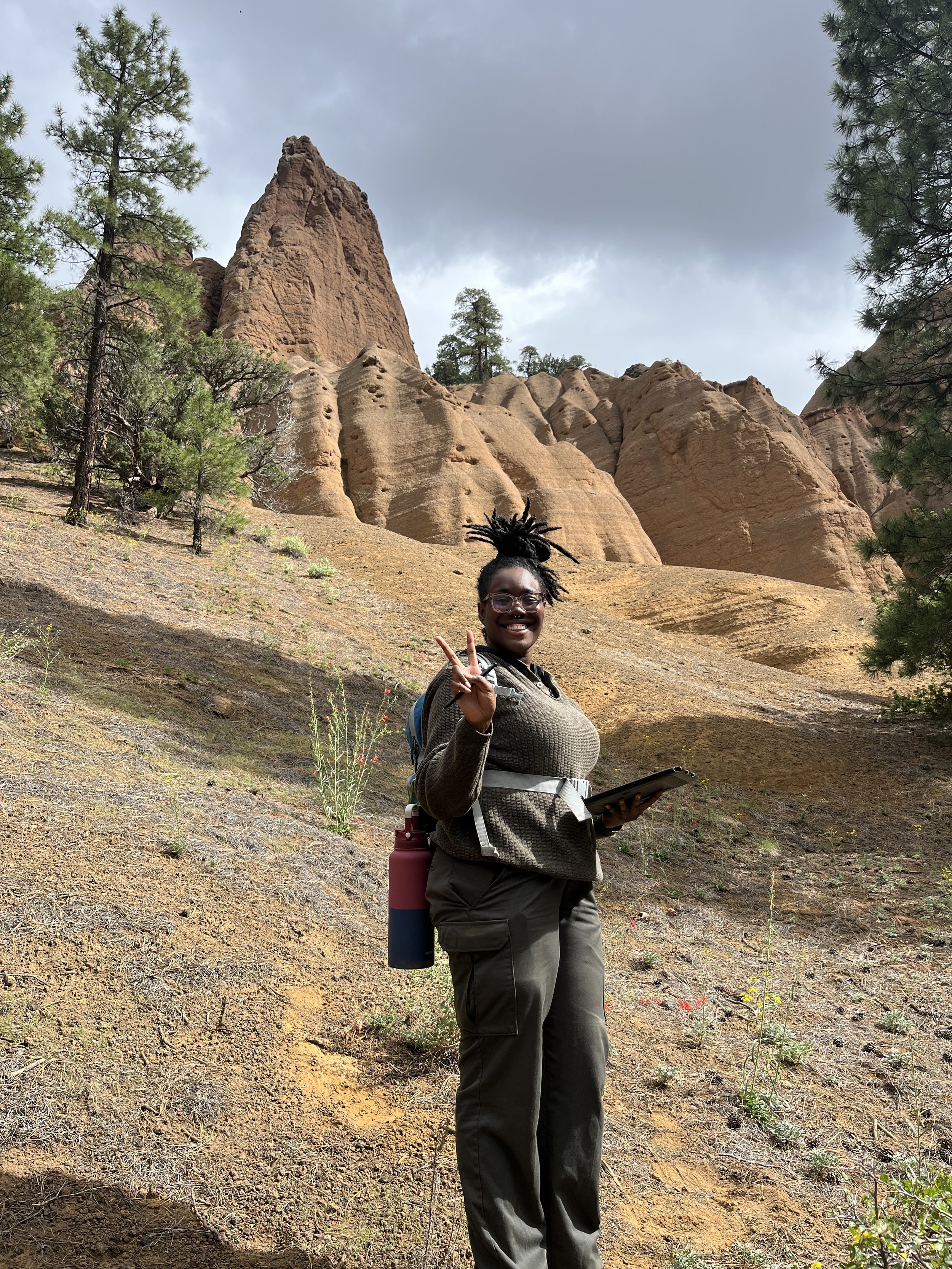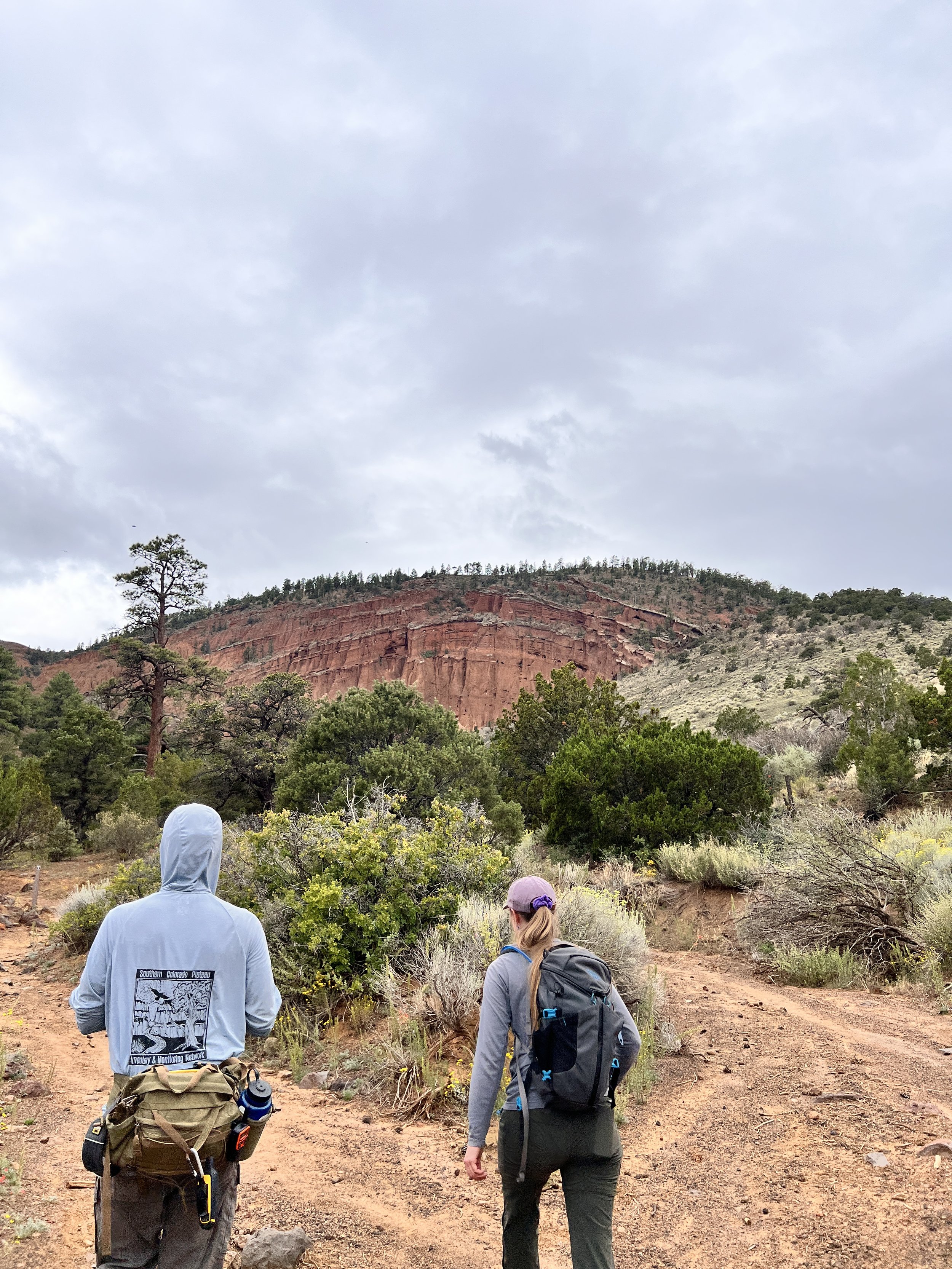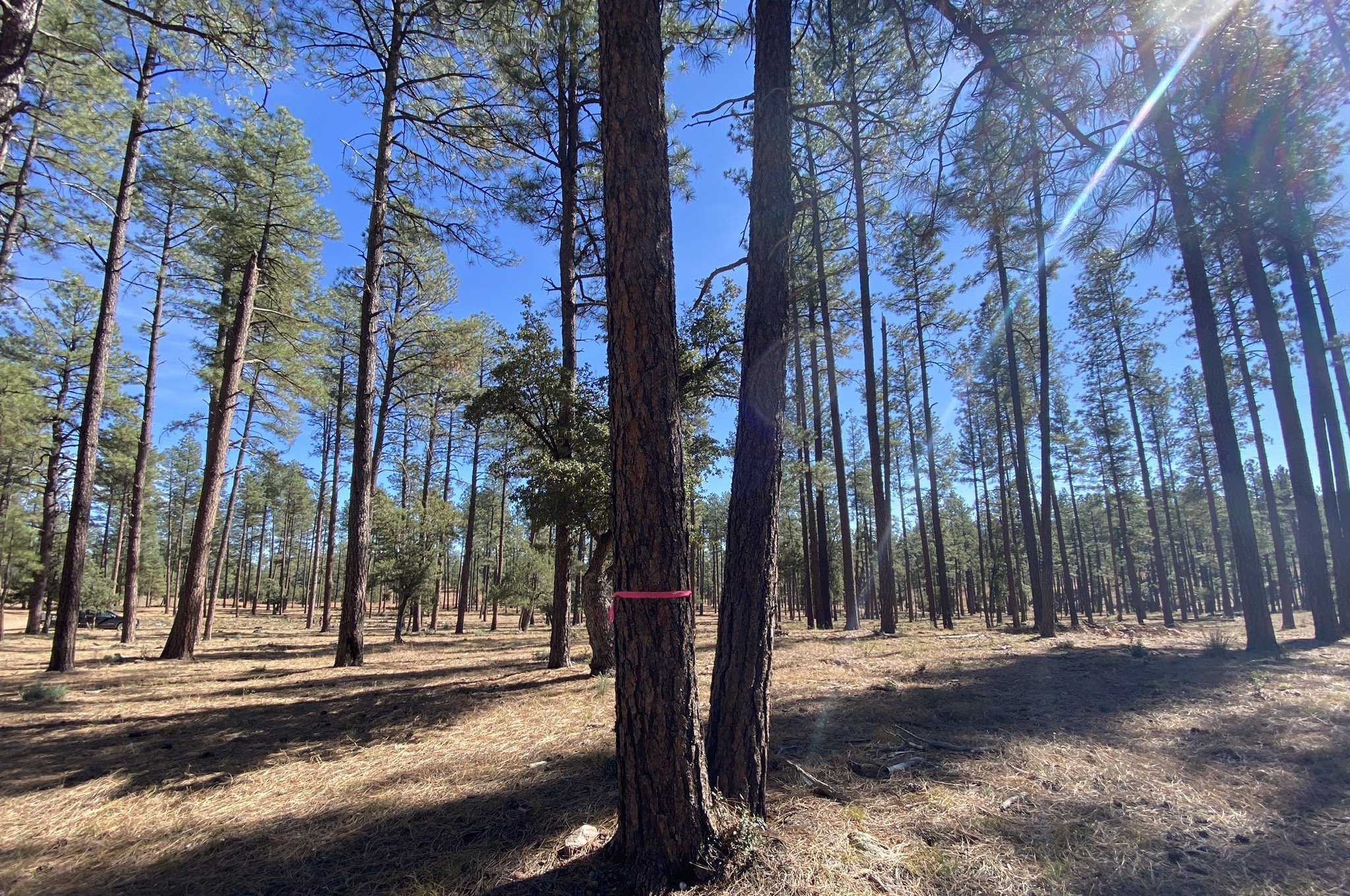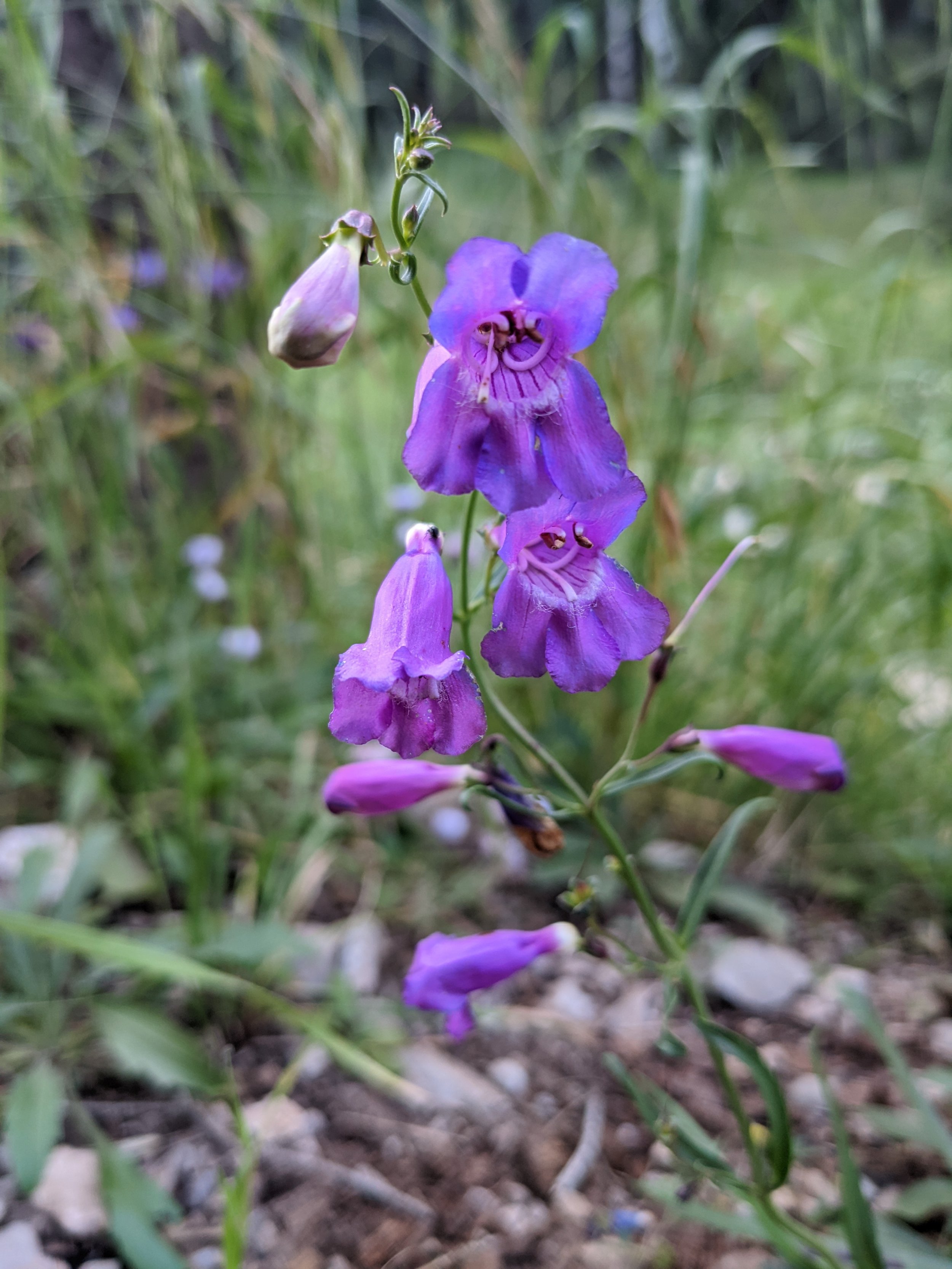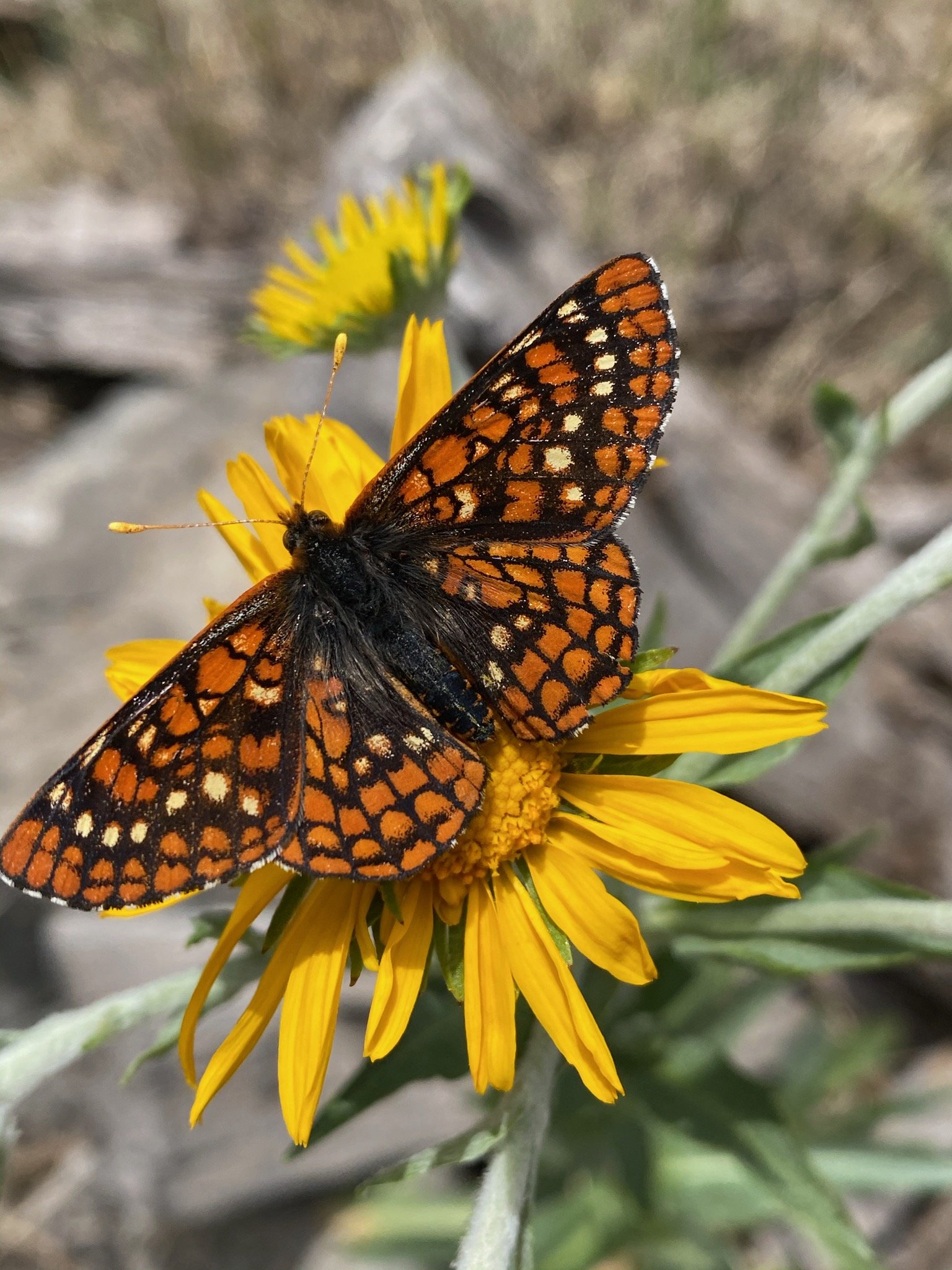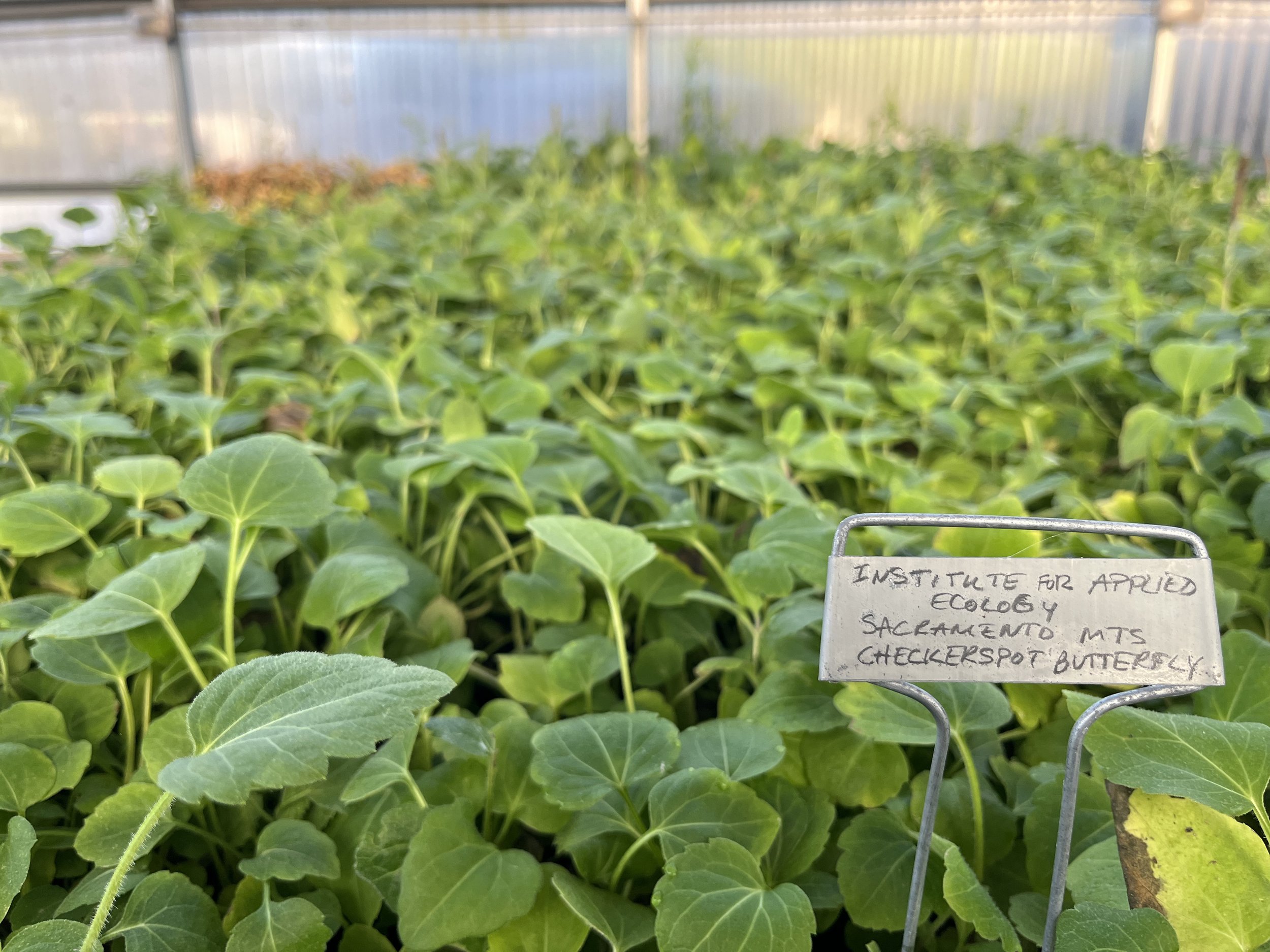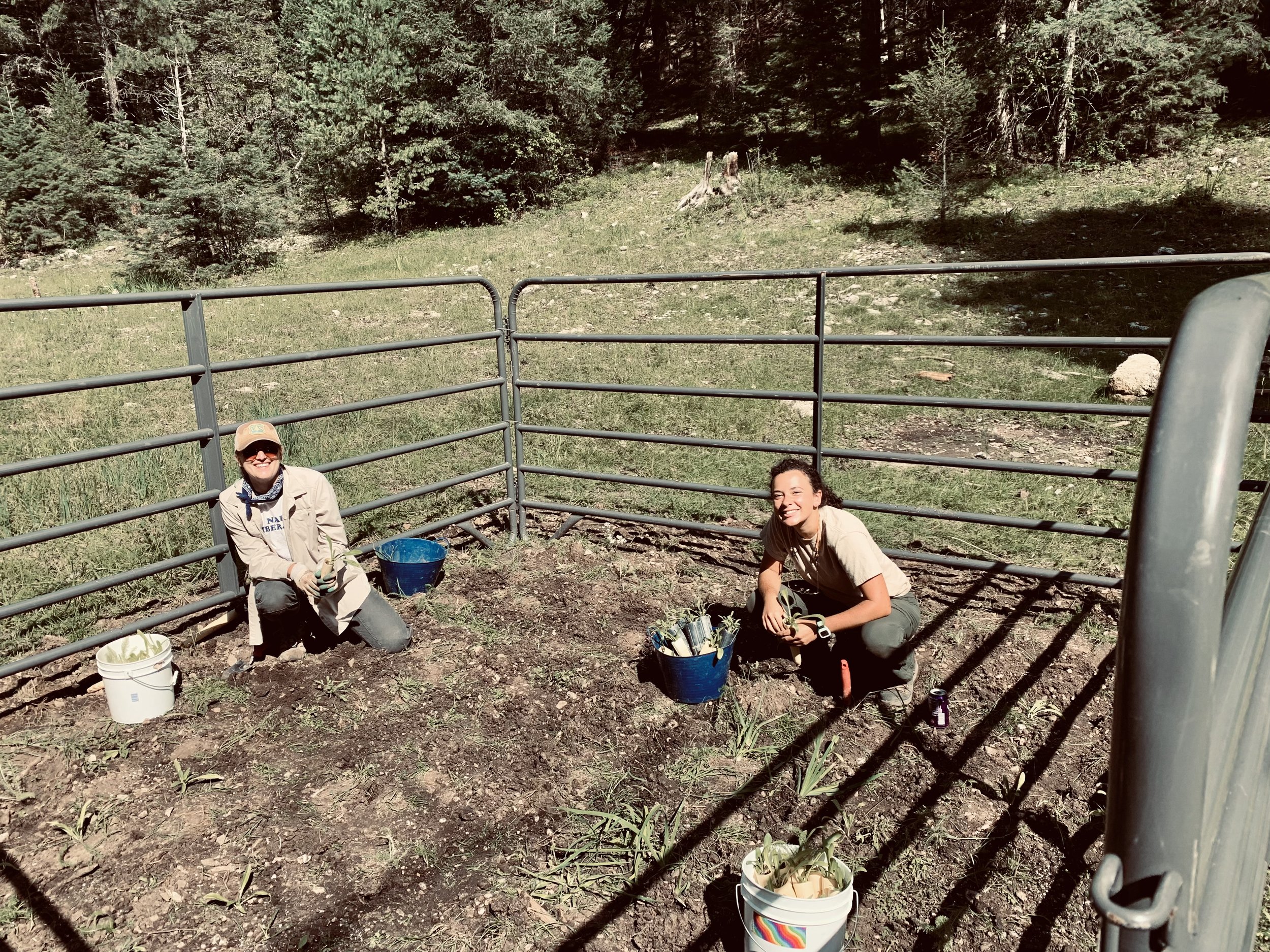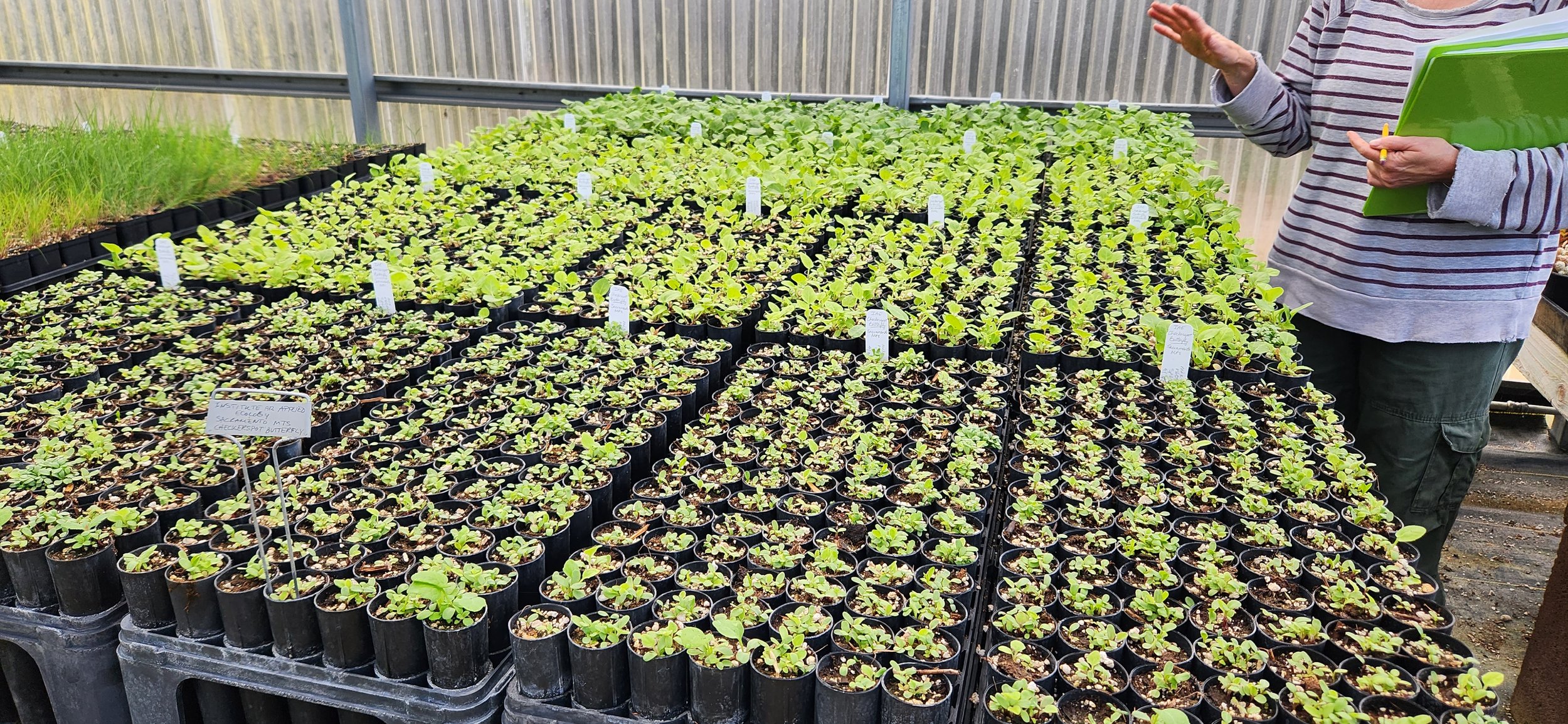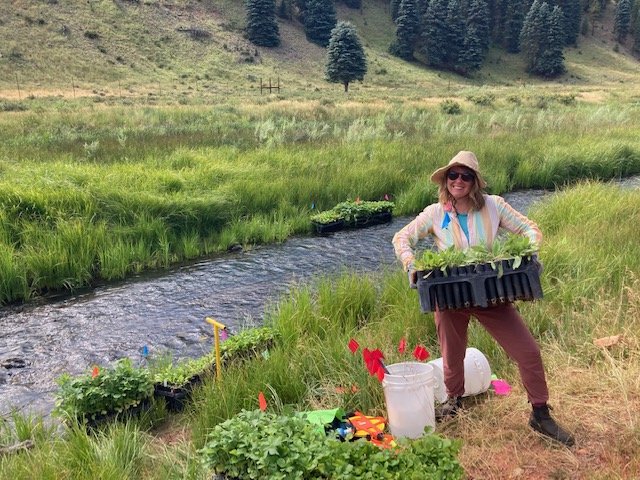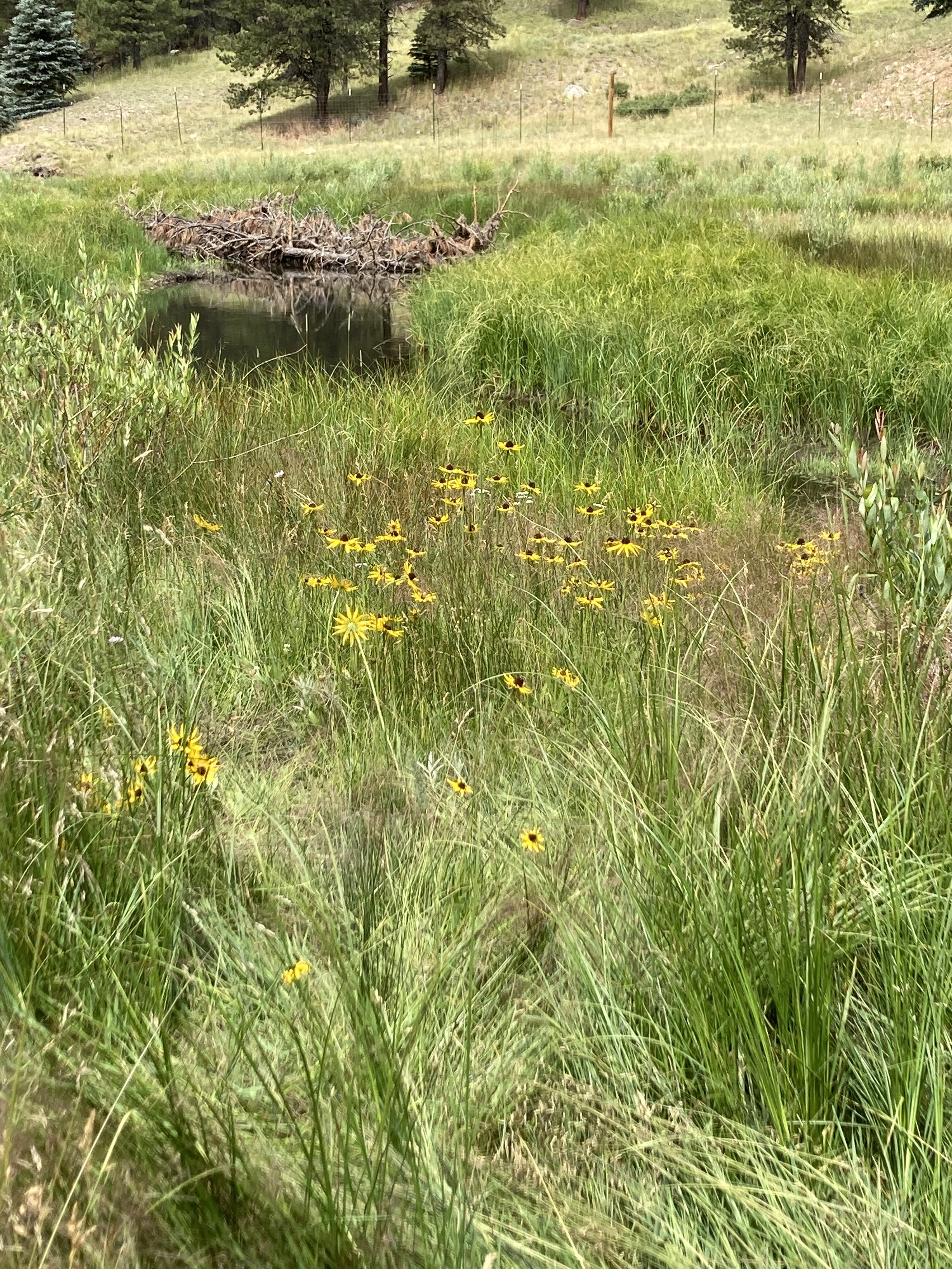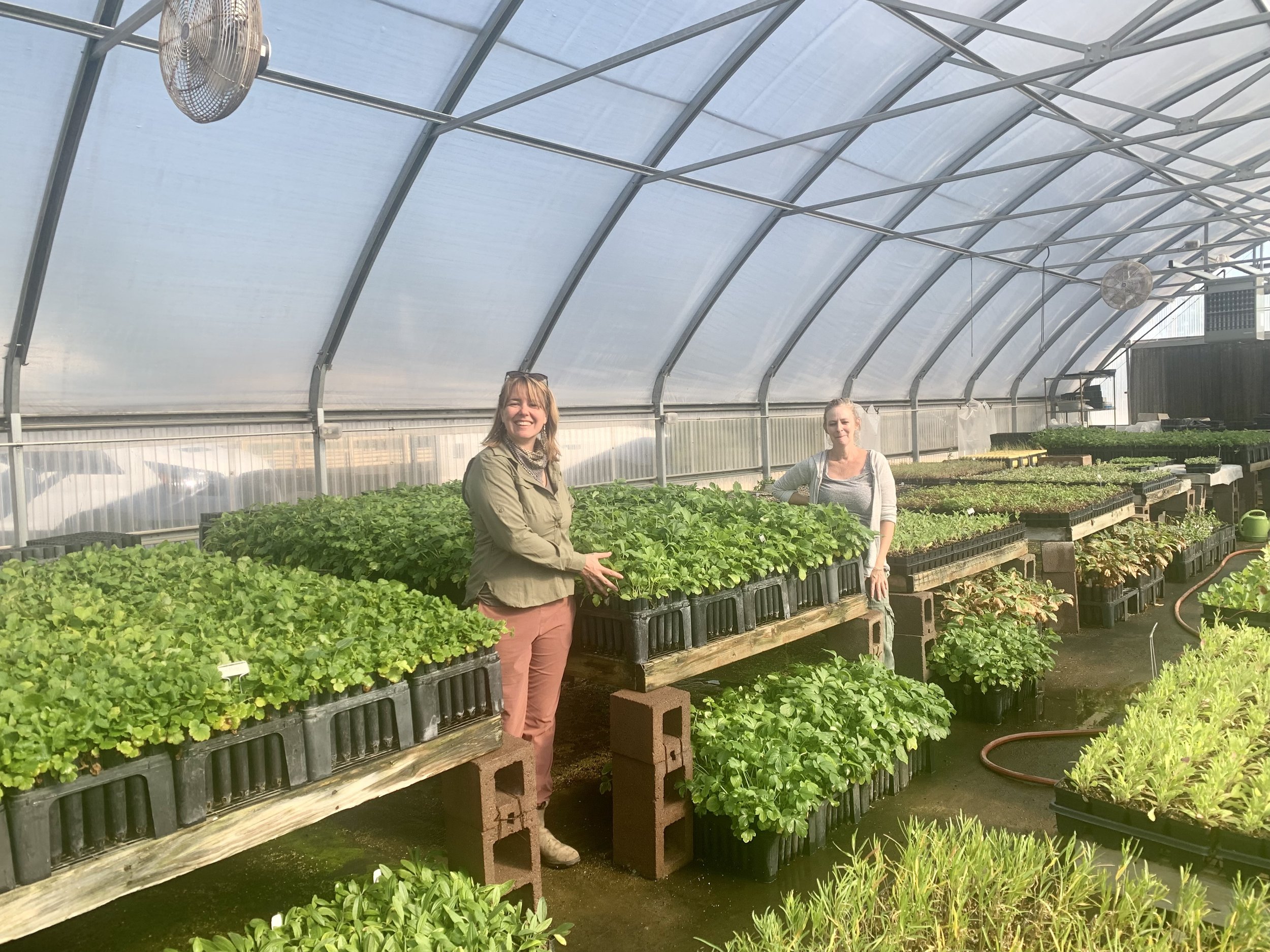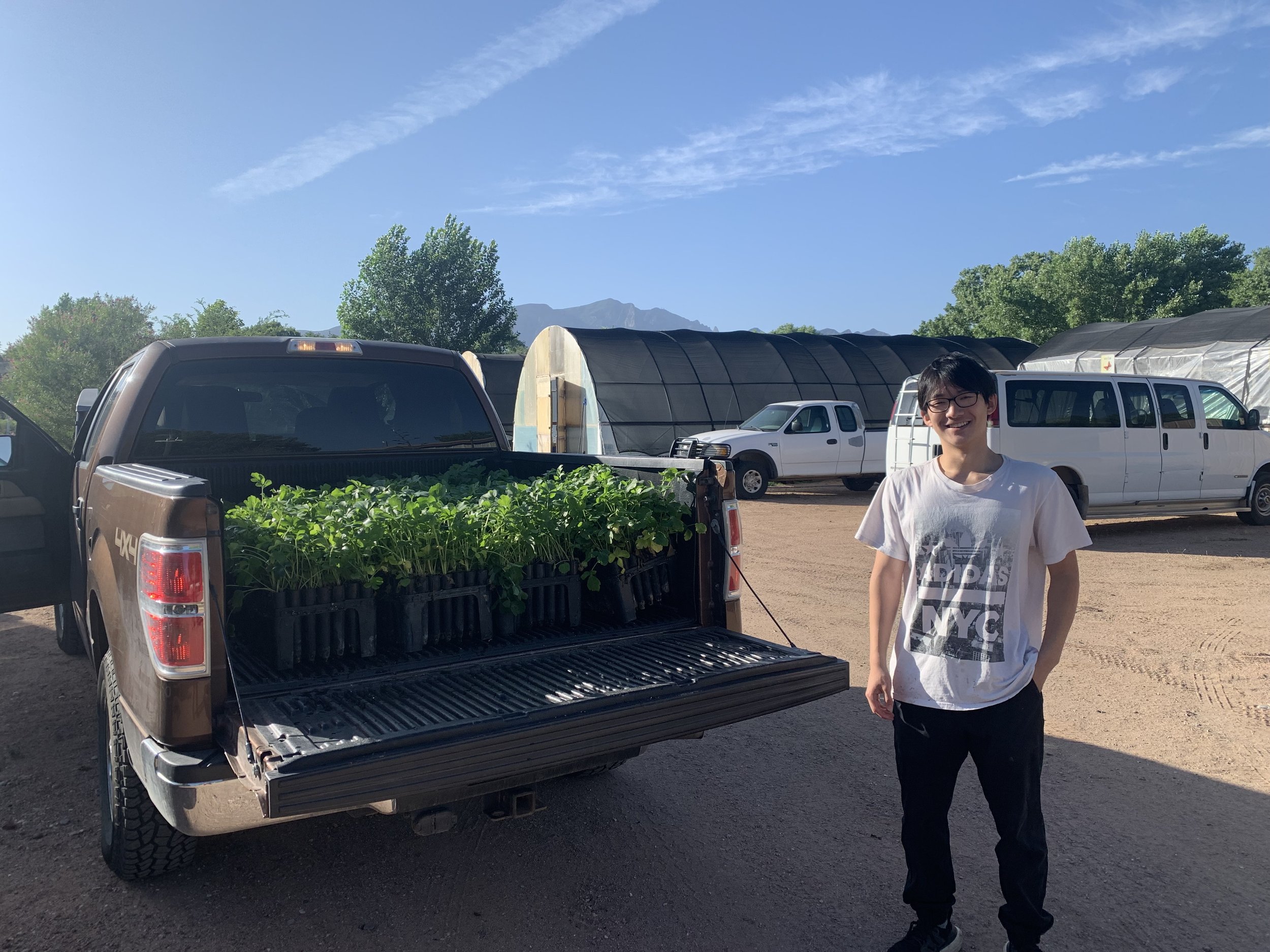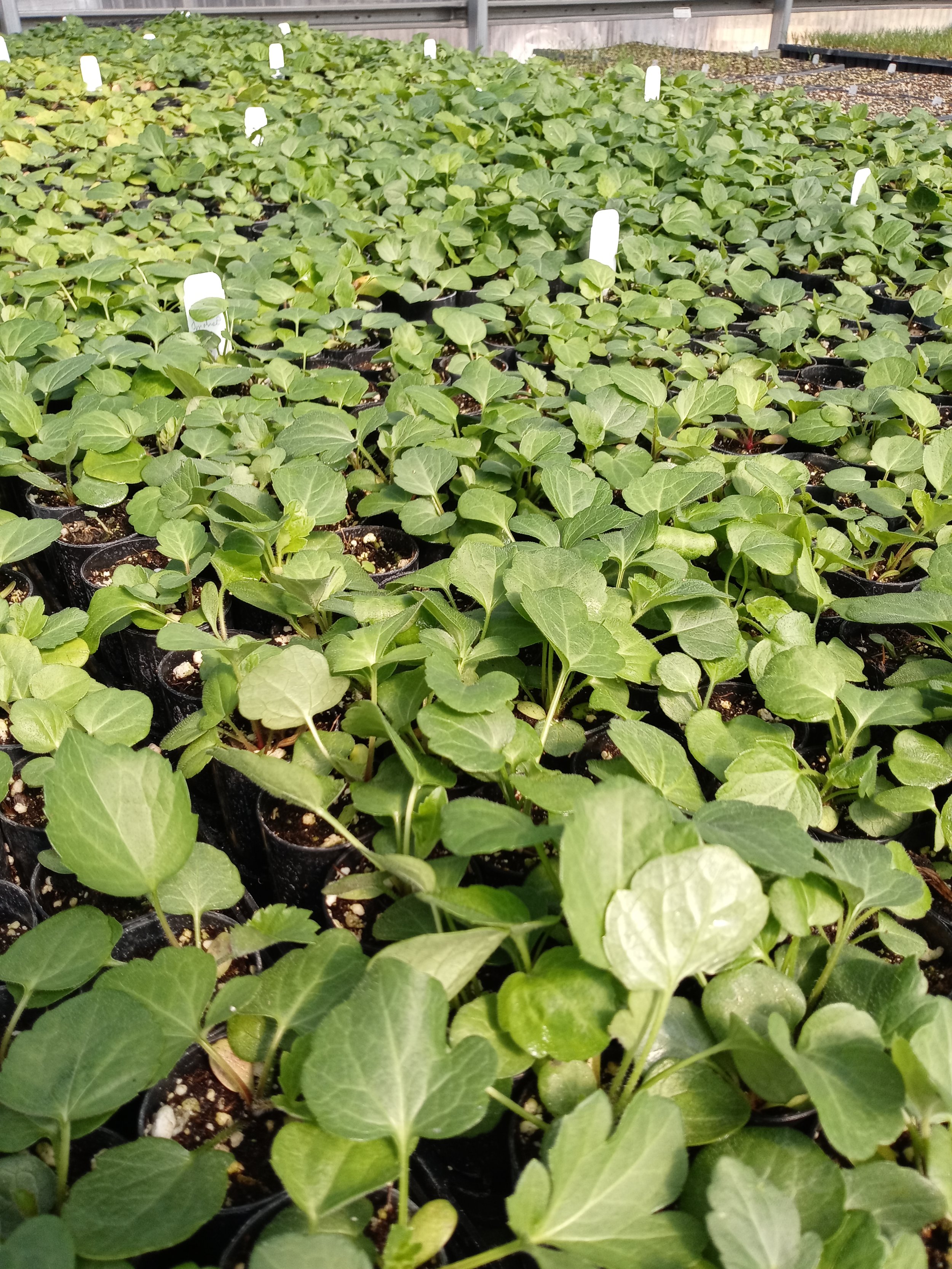Restoration/Conservation
Institute for Applied Ecology (IAE) creates and manages habitat for plants and wildlife. Our goal is to restore habitats in the Southwest by conducting on-the-ground restoration, developing ecologically appropriate seed sources with the Southwest Seed Partnership (SWSP), cultivating partnerships that promote regional conservation, and advancing innovative and research-based restoration techniques. We also develop and implement site specific management and restoration plans.
River for Monarchs: Creating a migration corridor along the Rio Grande for monarch butterflies
As it journeys from the southern Rocky Mountains of Colorado through New Mexico, ultimately forming the Mexico-Texas border, the Rio Grande sustains a rich bosque ecosystem that supports over 3,000 documented species of pollinators. Its north-south alignment combined with roosting habitat provided by native cottonwood trees assists monarch butterflies during their migration. However, the bosque has been extensively altered by land use change, use of herbicides and pesticides, and flood management. This loss of migratory and breeding habitat across the monarch's range drives their population decline.
In 2023, IAE initiated a collaborative restoration project called “River for Monarchs” with the goal of creating 16 stepping-stone habitat sites for monarch butterflies along the Rio Grande corridor. To achieve this goal, we are drawing from the expertise of local entomologists, restoration practitioners, and nurseries, collaborating with New Mexico PBS to broaden our outreach, and aligning our horticultural education programs with the project. IAE is also working with 9 land management partners who have conducted larger-scale restoration work along the Rio Grande corridor, such as floodplain connectivity improvements, invasive tree removal, and cottonwood plantings, as these activities set the stage for our work: planting monarch resource plants. These plantings will include milkweed (Asclepias spp.), the larval host plant for the monarch butterfly, as well as a diverse array of nectar resource plants for adult butterflies (along with a suite of other pollinators!). We will utilize both nursery grown plants and direct seeding for our planting work, and the majority of the plant materials going into the ground will be from wild collected seed. In fact, our 2023 River for Monarchs seed collection crew made 41 seed collections just for this purpose! Planting for this project will begin in 2024 and go through 2025.
4FRI: Seed-based restoration of understory vegetation communities following fuels reduction treatments in Arizona pine forests
Since 2016, the Tonto and Kaibab National Forests have been partners in native plant materials development via the Southwest Seed Partnership to increase the availability of local seed of forest understory species (wildflowers and forbs) to support the Four Forest Restoration Initiative (4FRI). 4FRI is a collaborative effort between the Kaibab, Coconino, Apache-Sitgreaves and Tonto National Forests to restore fire-adapted forests in Central and Northern Arizona. 4FRI activities encompass a variety of landscape-scale treatments to reduce the risk of unnaturally severe wildfires, including prescribed burning and mechanical thinning of forests.
Following ground-disturbing fuels reduction treatments, seeding with native understory species can deter establishment of invasive plants, increase species diversity, and establish fuel breaks. Understory plant species in forests provide many additional ecosystem services including soil stabilization, pollinator resources, wildlife and livestock forage, and aesthetic value. In 2024, IAE is partnering with the Tonto National Forest to establish a 5-acre restoration demonstration site using seed from SWSP native seed production fields. The seeding project will demonstrate the potential of native species to accomplish restoration goals.
Habitat restoration for recovery of the endangered Sacramento Mountains checkerspot butterfly
The Sacramento Mountains checkerspot butterfly occurs only in open, subalpine meadow habitat in the isolated Sacramento Mountains in southeast New Mexico. In 2020, abrupt declines in population numbers of the species led to the initiation of emergency recovery actions in partnership with IAE, the US Forest Service and US Fish and Wildlife Service. The species has since been federally listed as endangered. The butterfly depends primarily on one native plant species as its larval host plant, the New Mexico penstemon (Penstemon neomexicanus). Declines in suitable habitat consisting of healthy larval host plant and nectar resource plant populations are a major driving factor in the species’ declining population numbers.
The Institute for Applied Ecology is leading habitat restoration efforts for the Sacramento Mountains checkerspot butterfly. Beginning in 2020, crews have collected seed of New Mexico penstemon and nectar resource species including orange sneezeweed (Hymenoxys hoopesii), upright prairie coneflower (Ratibida columnifera), common yarrow (Achillea millefolium) Geyer's and nodding onion (Allium geyeri and A. cernuum), and MacDougal verbena (Verbena macdougalii). These seeds were then grown at the Pueblo of Santa Ana Native Plant Nursery for outplanting in meadows with known butterfly occurrences. To date, nearly 4,000 plants have been planted to enhance Sacramento Mountains checkerspot butterfly habitat, and this work will continue in 2024 and 2025.
Jumping Mouse: Enhancing Habitat for the Endangered New Mexico Meadow Jumping Mouse with Native, Highly-Favored Diet Plants
The Institute for Applied Ecology collaborated with the Jemez Ranger District of the Santa Fe National Forest to enhance habitat for the New Mexico meadow jumping mouse through augmentation of preferred diet species. The New Mexico meadow jumping mouse (Zapus hudsonius luteus) (jumping mouse) was federally-listed as endangered in 2014 due to significant population declines driven by habitat loss and fragmentation across its range. The jumping mouse hibernates for 8-9 months of the year and is active for 3-4 months in the summer when it breeds, births, and raises young. It lives in riparian habitats with seasonally available or perennial flowing water in Colorado, Arizona and New Mexico. Suitable habitat is characterized as dense, mature wetland vegetation (at least 24” tall) consisting primarily of sedges and forbs. Plants provide food sources (seeds and insects), as well as the structural material required for building nests and providing shelter from predators.
The project took place in the San Antonio Creek watershed which hosts an important population of the jumping mouse. The Forest Service has worked with regional groups for several years to restore the vegetation and hydrology in San Antonio Creek using exclosures and instream structures called Beaver Dam Analogs (BDAs). In order to reintroduce some of the most important and favored diet plans for the mouse in San Antonio Creek, IAE collected local seed of highly favored species. That seed was then grown by the Pueblo of Santa Ana Native Plant nursery to produce 6000 plants that were planted at the site by IAE and Forest Service staff in 2023! The three species planted were large-leaf avens (Geum macrophyllum), cutleaf coneflower (Rudbeckia laciniata), and black-eyed Susan (Rudbeckia hirta).


